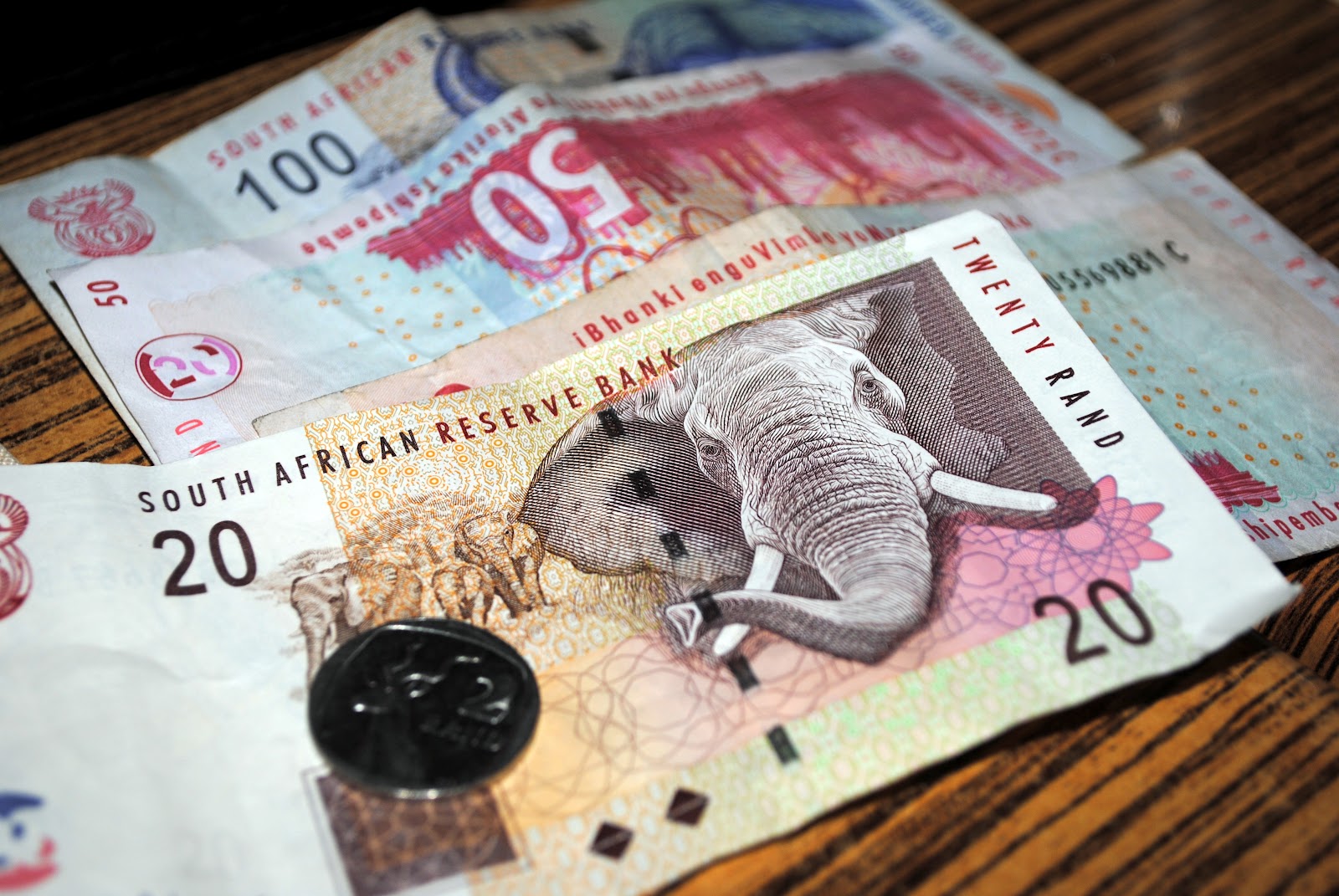With the backdrop of the weak Chinese and recovering U.S. markets, South Africans may have to get use to the idea of their own currency’s strength declining further during the course of 2016.
The rand fell to a new low earlier this week when it dropped more than 1% to R16 against the U.S. dollar; the worst since it tumbled in December following the shock dismissal of former finance minister, Nhlanhla Nene.
The current decline is due to a stock market crisis in China, a crucial economic partner of South Africa. Chinese shares have plunged by more than 7% on two respective days since the New Year, on both occasions the stock market being forced to shut early in order to limit losses.
“We see the impact not only in the South African currency but also other emerging markets. The decline is not South Africa specific, but more what is happening in Asia,” said Abdul Aziz Davids, head researcher at Kagiso Asset Management.
Davids explained that because of the Chinese yuan’s decline, investors would naturally flock to the U.S. dollar as a “safe haven currency”, which by extension would weaken all other currencies against it.
“We don’t have any mitigating factors that would contribute to us swimming against the tide. Most emerging market currencies have weakened significantly against the dollar, but if we had a a much stronger economy or significant exports we could have essentially went against the tide in the sea of weakness that we have seen,” he suggested.
Another factor that may impact the rand is the fact that the U.S. Federal Reserve is starting to raise interest rates, meaning that equities are likely to underperform. With investors likely then to flock to first-world economies for safety, this is expected to further deter the rand’s growth.
“Having said that, a weaker currency is still a positive; in November we saw our exports increase by about 10%. As the rand weakened, suddenly our goods and services were 50% more competitive, relative to emerging countries.
“The reality is that in the absence of strong external demand for our goods and services, even though we are much more competitive at a weaker currency it doesn’t necessarily translate that we will see significant, robust growth in exports,” Davids noted.
The rand current sits at R16.03 to the U.S. dollar and R2.43 to the Chinese yuan. VOC (Mubeen Banderker)






 WhatsApp us
WhatsApp us 


1 comment
always all these technicalities from our "economists" ho are also feeding off the "market" frenzy….. the bottom line is our people are not in acceptable growing up societies not schooled and educated properly nor trained in meritocracy efficiency and productivity nor taught the basics that hardwork returns good income etc, when we are efficient and productive then we can compete with others and our "currency rate" will not be dictated by the rich and powerful